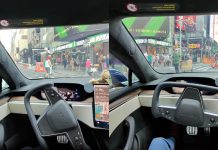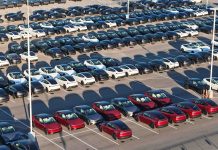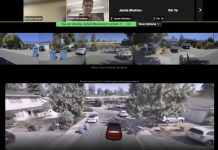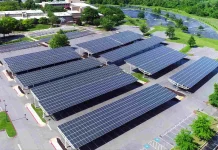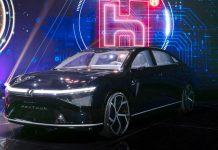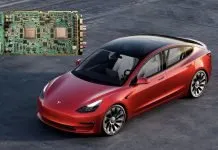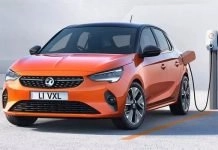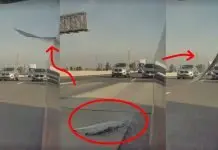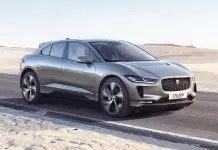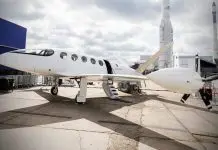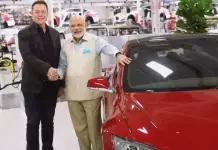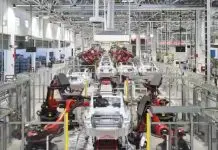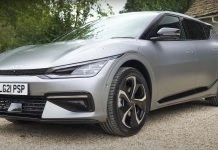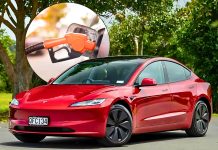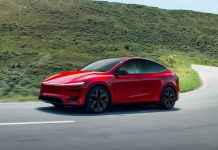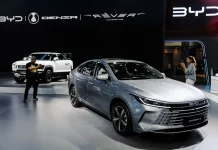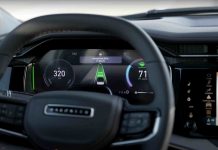As autonomous driving technology slowly approaches mainstream use, robotaxis have become the focus of discussions about the future of ride-hailing. Automakers such as Waymo and Tesla are investing heavily in self-driving ride services, which are safer, cheaper, and more efficient compared to human-driven ride services. However, in the case of those who do drive as a profession, the truth might not be as smooth as it has been marketed.
An example of such a driver is an Uber and Lyft veteran and union organizer, who just took a ride in a Waymo robotaxi and Tesla ride-hailing service. His verdict? It is unlikely that the future of robotaxis will be prepared to replace human drivers.
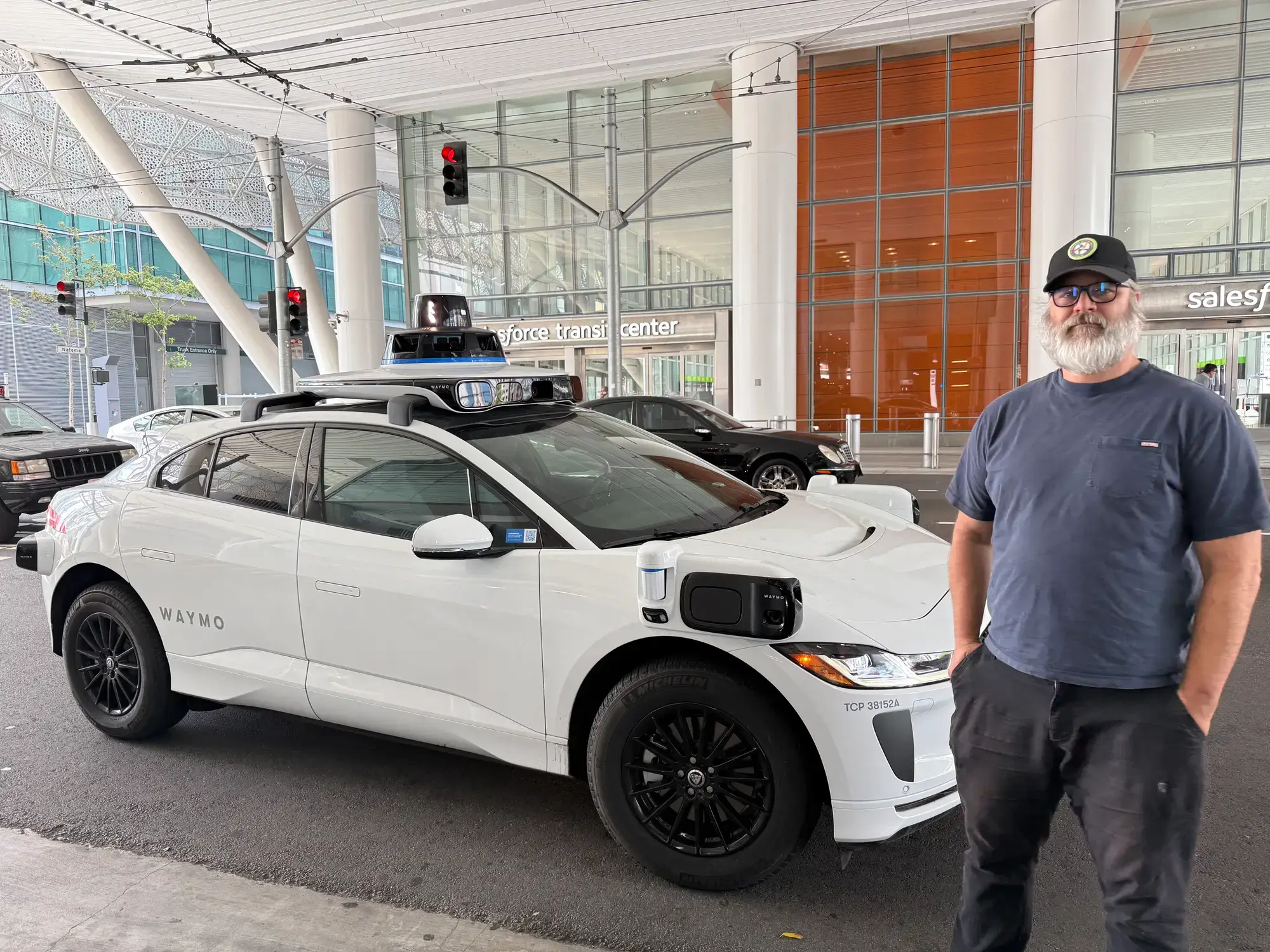
First Ride in a Waymo Robotaxi
Waymo, Google’s self-driving car unit, has been running robotaxi fleets in some cities in the U.S. over the years. The driver provided a Waymo ride in Phoenix, which was one of the original major testbeds of the service. On the technical side, the technology impressed, but on the whole, he believed that the experience did not match the passenger’s desire for ride-hailing.
Most of the time, the car went smoothly; however, its tentative approach to driving was annoying. Changing lanes was excessively slow, sudden stops were common, and communication with pedestrians or bicycle riders was awkward. It had a jerky-knifed student driver, he said. That might translate to additional time on the road than a human driver, which is important to the passengers who are in a hurry.
The other point of contention: Personalization. The robotaxi was sterile compared to a classic Uber or Lyft driver who welcomes the riders onboard, changes the temperature, or has a brief chat. He described it as the feeling of riding in a ghost car, as there is no human touch, as many passengers appreciate it, particularly when it is late in the night or when people are having hectic commuting hours.
Tesla’s Ride-Hailing Service
If Waymo felt cautious, Tesla’s service that remains in its early rollout leaned towards overconfidence. Tesla’s Full Self-Driving (FSD) system made the car seem to be unsure of what it wanted to do at crossroads, either suddenly rushing or spending too much time turning.
The Tesla was more aggressive and not necessarily reassuring in its driving, the driver said. He also noted that he felt uncomfortable because of the absence of a backup safety driver, which Waymo continues to employ in some locations, particularly when the car committed minor but visible mistakes.
It was not much better in the in-car experience. In the absence of a human behind the wheel, there was no one to assist with luggage, to assure the drop-off was correct, or to accommodate last-minute rider demands. This was a significant drawback of the Tesla product to the driver who counts on his or her customer service ratings and tips to make a living.
A Driver’s Perspective on the Robotaxi Threat
Being a driver as well as a union organizer, he pondered the implications of the robotaxis on employees. Although companies are selling automation as a cost-saving and safety-enhancing measure, drivers fear that their jobs will be eliminated.
He indicated that high human contact, safety guarantees, and adaptability are some of the features that the passengers highly appreciate, which robots would not be able to provide. He said you had to do more than steer the wheel to drive. It is all about delivering service. Human beings desire comfort, talk, or even someone to assist in carrying a grocery bag. A robotaxi can’t do that.”
He also asked the question of whether the business model is customer-centric. Unless rides are slower, less maneuverable, and by far cheaper, they might remain with the traditional ride-hailing choice in the years to come.


